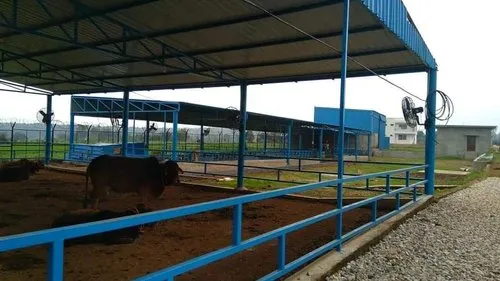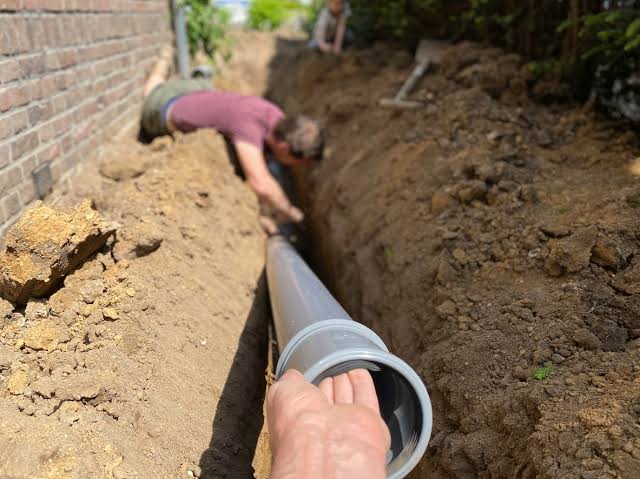Farm animals need good shelter for their health, productivity, and welfare. A good shelter will shield the animal from adverse weather conditions, predators, and other dangers while ensuring smooth farm operations. You don’t have to spend too much on such a shelter. By paying critical attention to choosing materials, planning the structure of the shelter, and applying cost-effective techniques, you will be able to develop a strong functional shelter to meet your animals’ needs.
Material Choice
One of the most important decisions about how to build an animal shelter at reasonable costs is choosing the right materials. For example, one may use treated wood, recycled lumber, and metal roofing sheets. These are solid materials that withstand wear and tear effects from animals as well as bad weather conditions. Corrugated metal or polycarbonate panels would be appropriate for the walls since they are very protective and relatively inexpensive. As to the material safety, the materials should not have sharp edges nor toxic substances which might cause them harm.
Shelter Layout
The design must be practical and efficient with respect to space and resources. Partition the interior into clear sections for feeding, resting, and storage where needed. Ensure good ventilation to allow for a continuous flow of air, which ensures that the animals will not be subjected to respiratory diseases. Most types can be designed with simple open-sided construction with a sloping roof to provide shade and protection against the rain. Also, include features like a cattle gate that allows controlled entry and exit, enhancing the level of safety and organization in your shelter.
Optimization of Weather Resistance
Farm shelters must be able to withstand local weather conditions. If your area experiences heavy rainfall, ensure the roof is angled to prevent water pooling. In regions with strong winds, anchor the shelter securely to the ground using concrete footings or heavy-duty stakes. For colder climates, consider adding insulation or windbreaks to keep animals warm. This will help minimize exposure to harsh weather conditions with lower expenses. Strategic placement of the shelter would be near natural windbreaks such as trees or hills.
Utilizing Natural Resources
Utilize all-natural resources found on your property to your advantage for cost savings. For example, trees can shade and provide a windbreak, minimizing the need for other structural elements. The same principle goes for other sections of the shelter, such as pallets or tin sheets that one may obtain secondhand. Such techniques, though requiring a degree of innovation, are less expensive, but without significantly affecting function. Ensure everything applied is duly cleaned and is not harmful to the animals.
Animal Comfort and Safety
While this is very important in keeping costs as low as possible, it’s equally important not to compromise on the comfort and safety of your animals. Bedding should be thick enough to keep animals dry and comfortable; straw, wood shavings, and many other materials are fairly inexpensive. The shelter should be big enough to hold all the animals without crowding-a very stressful environment full of health problems. For safety, check the shelter periodically for potential hazards such as loose nails, sharp edges, or structural weaknesses.
Regular Maintenance to Extend Longevity
An affordable shelter does not stop at building; it requires regular maintenance to extend its life and decrease long-term costs. Be on the lookout for wear and tear, especially after extreme weather conditions, and ensure that repairs are made as soon as possible. Replace torn roofing sheets, tighten loose fittings, and clear from the structure any accumulated dirt or debris. Regular maintenance means not only keeping the shelter serviceable, but it can prevent many minor issues before they evolve into costly repairs.
You can successfully and cheaply build a barn that will house your farm animals through careful planning and resourcefulness. You will be able to choose durable materials, optimize the layout, and make use of all natural resources to keep animals safe and functional within your budget. With regular maintenance and concern for animal comfort, this barn will prove to be one valuable investment in the long run for your farm.






